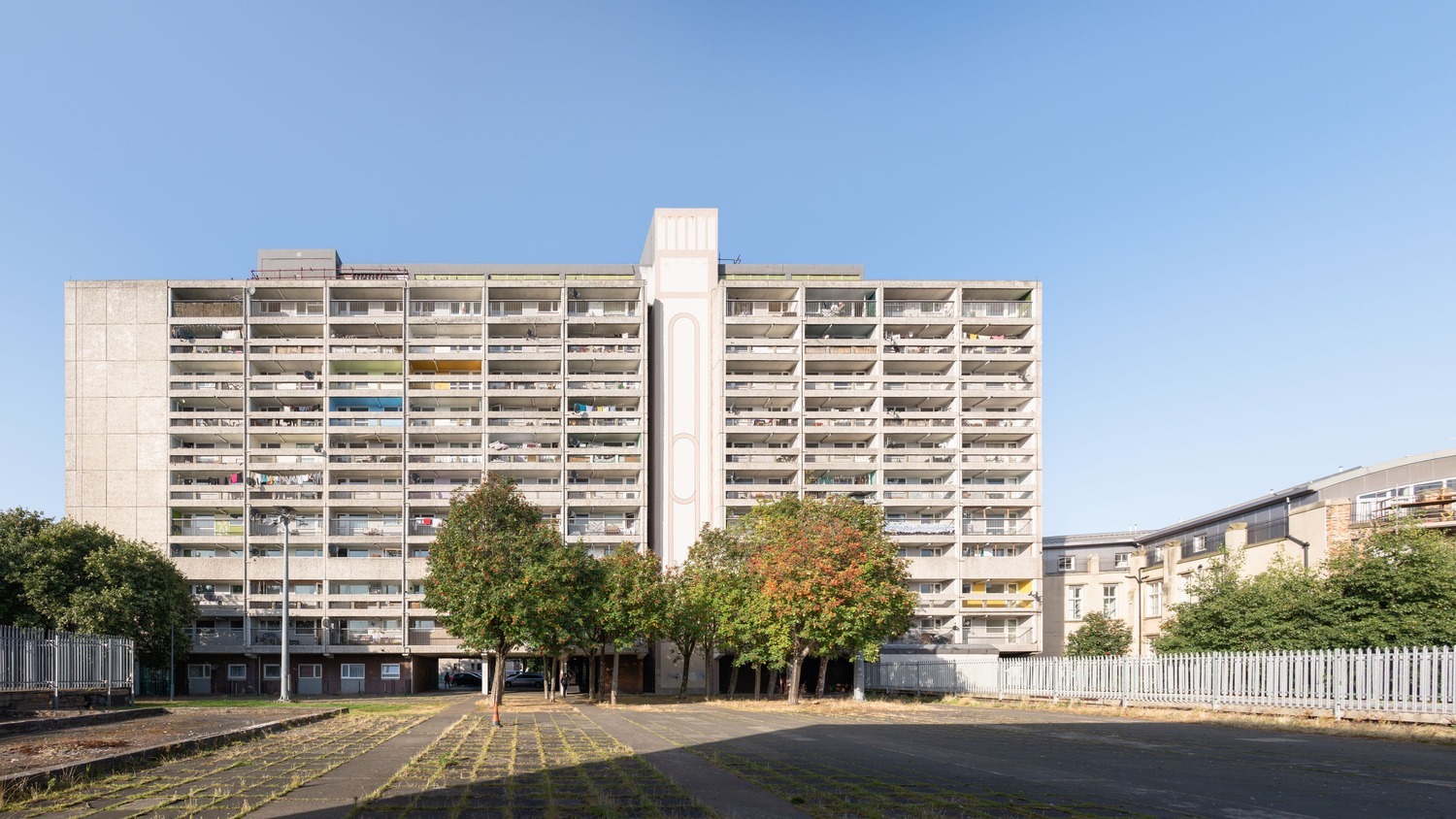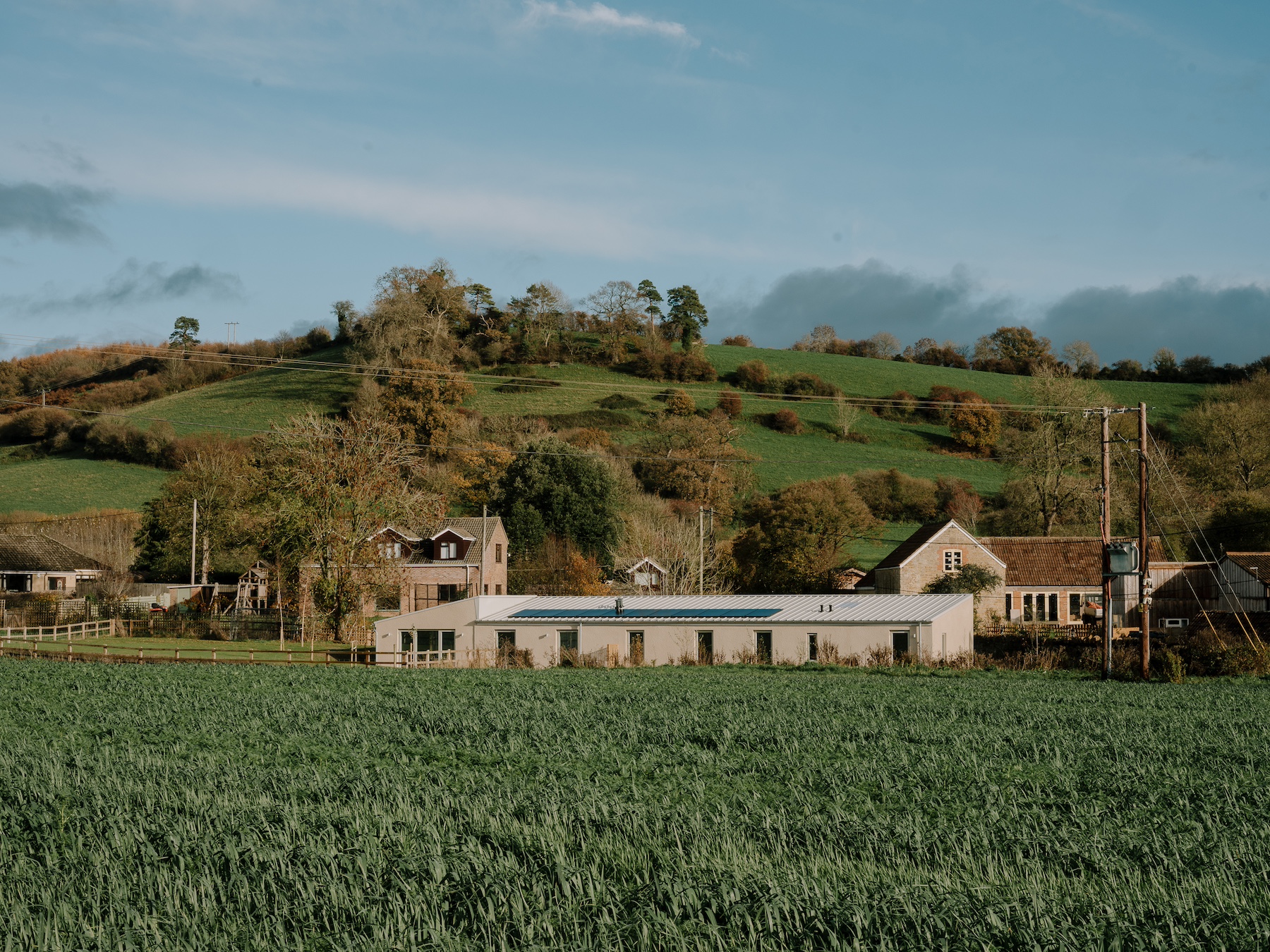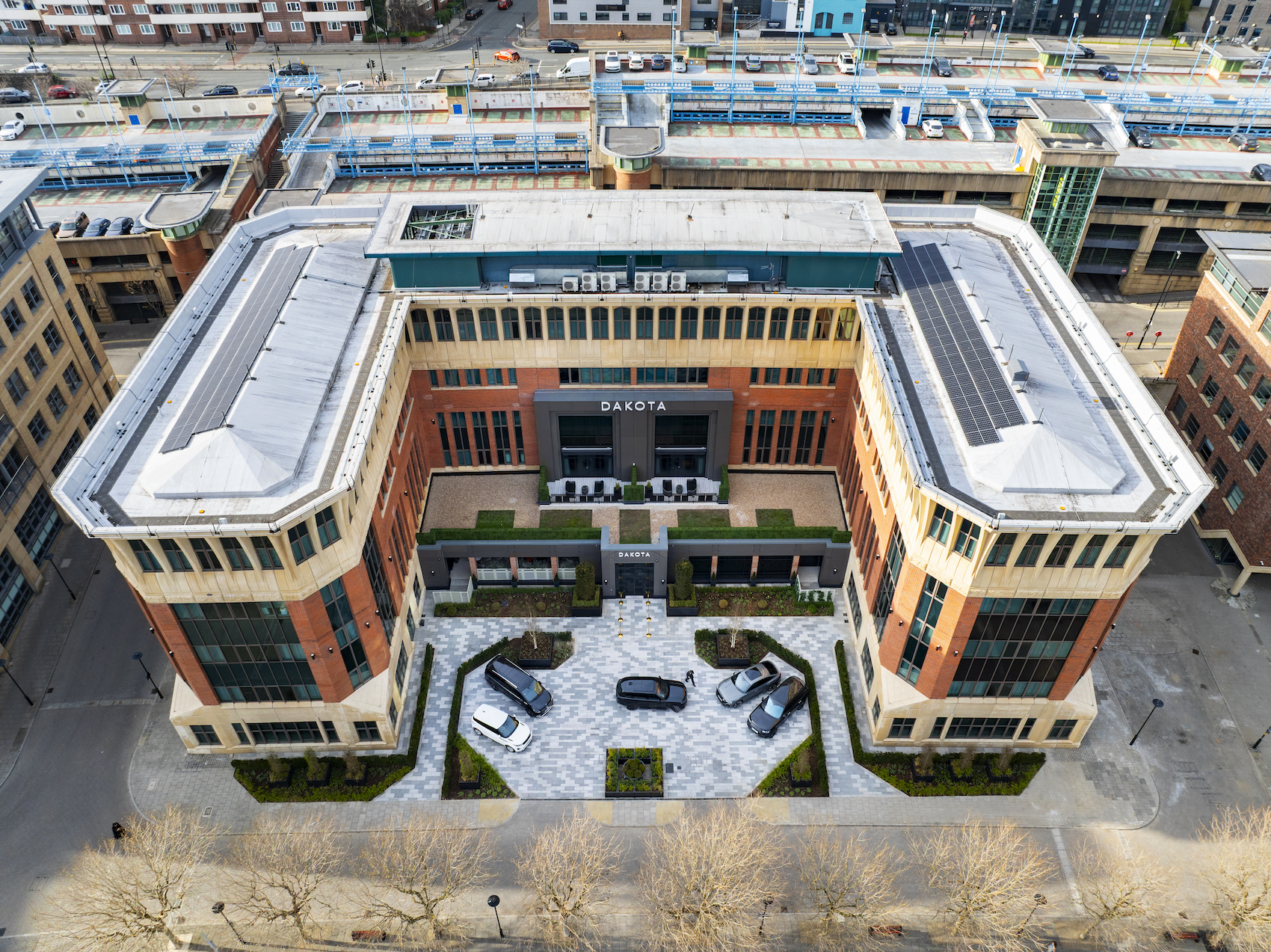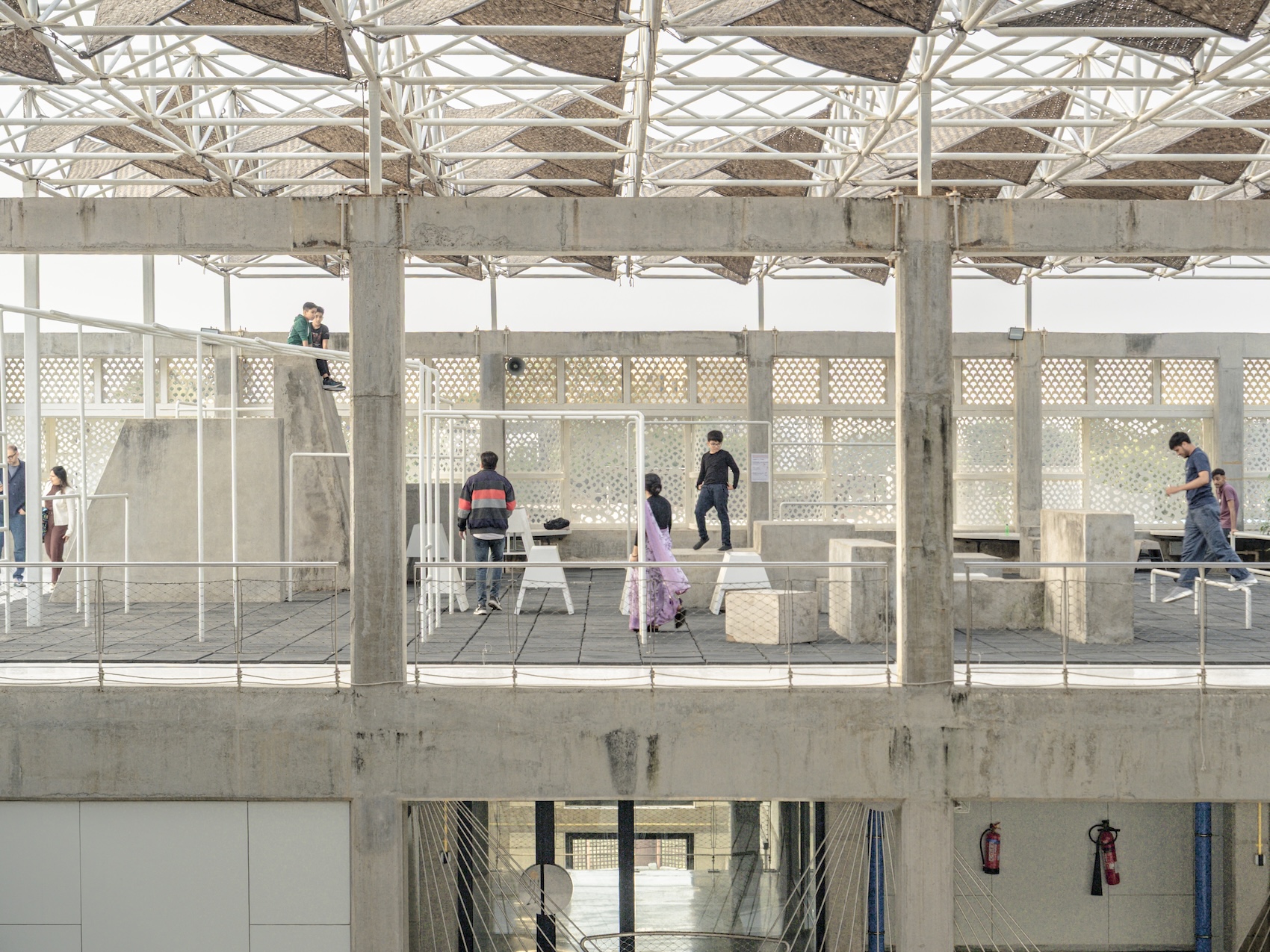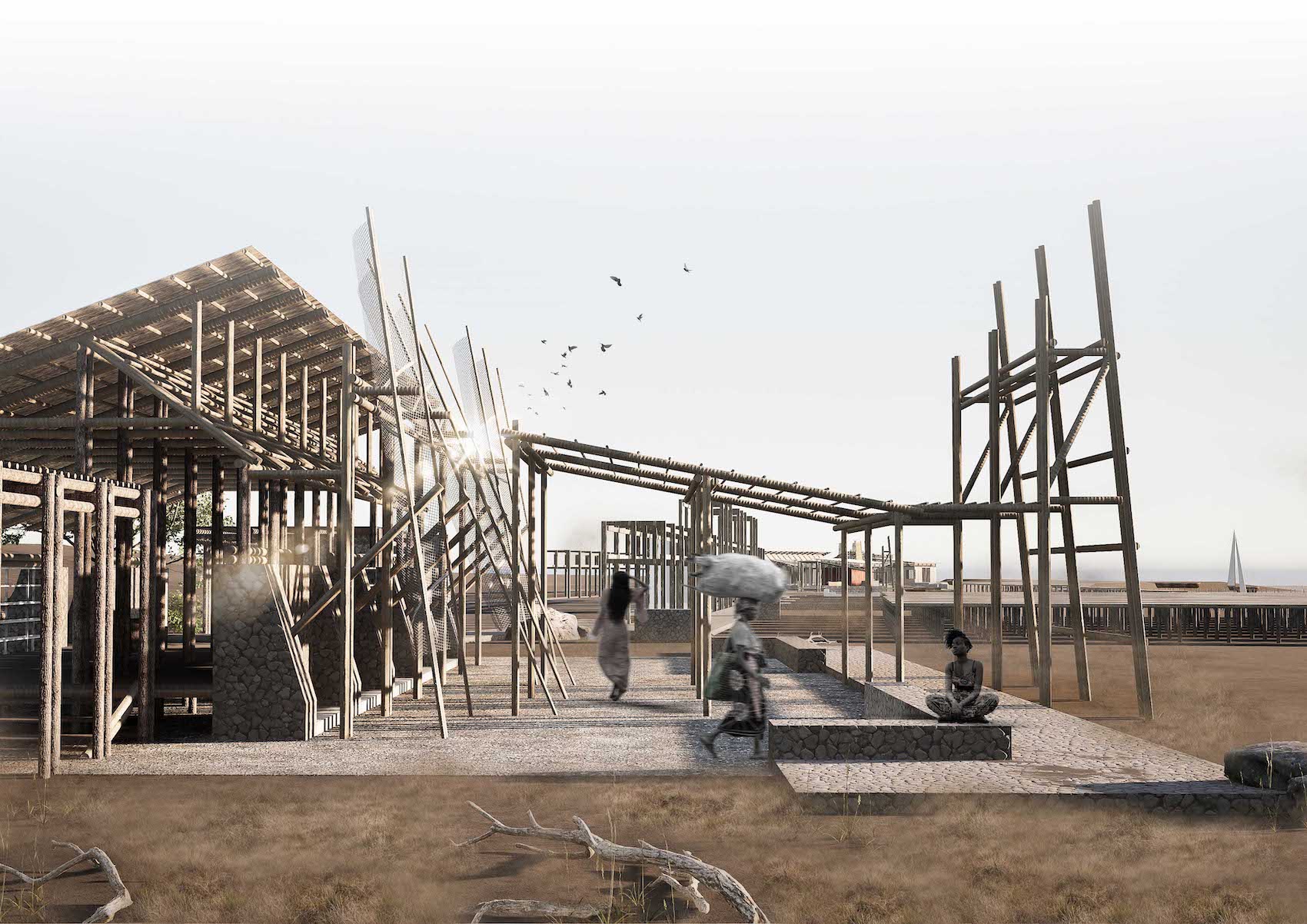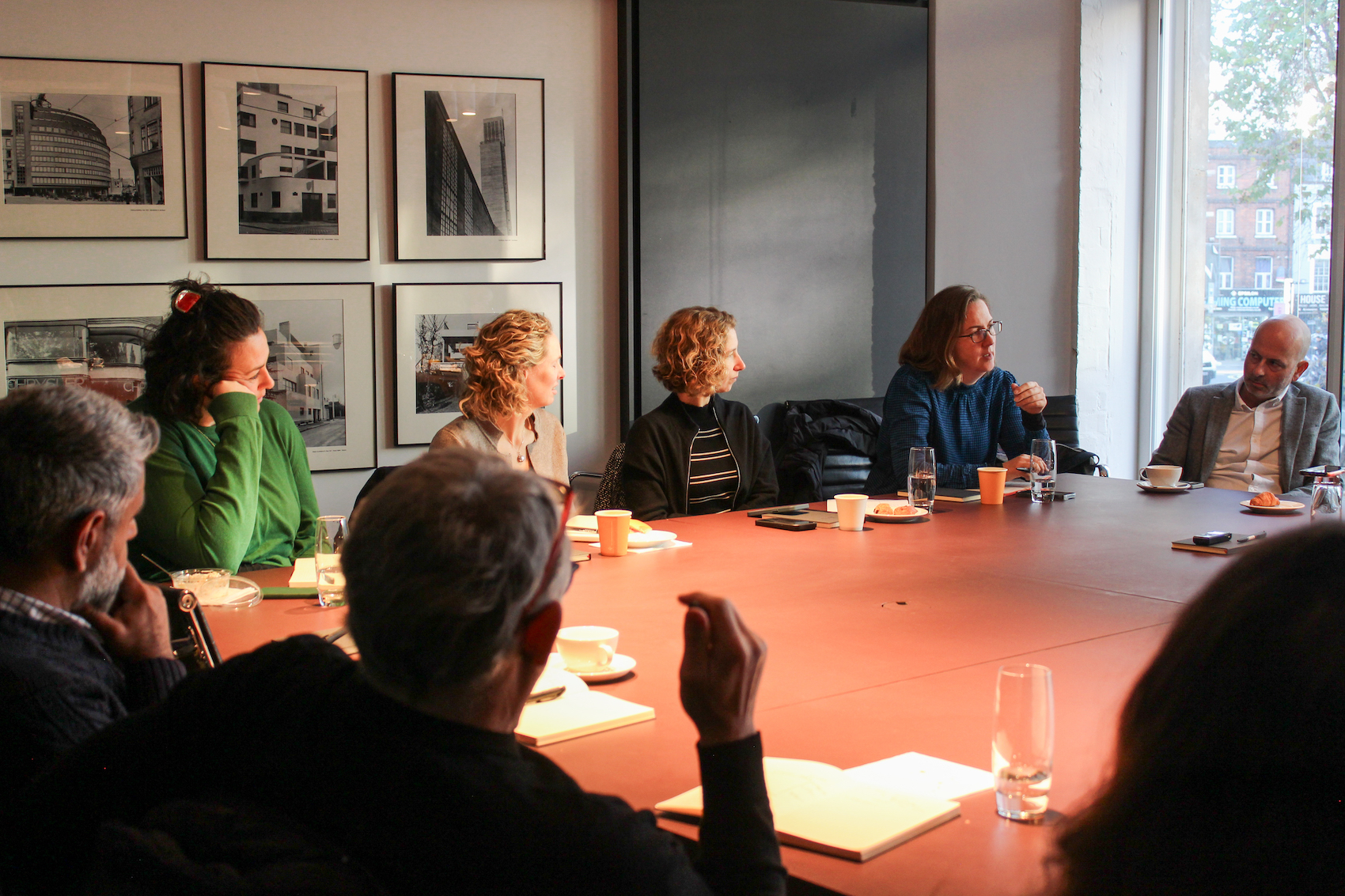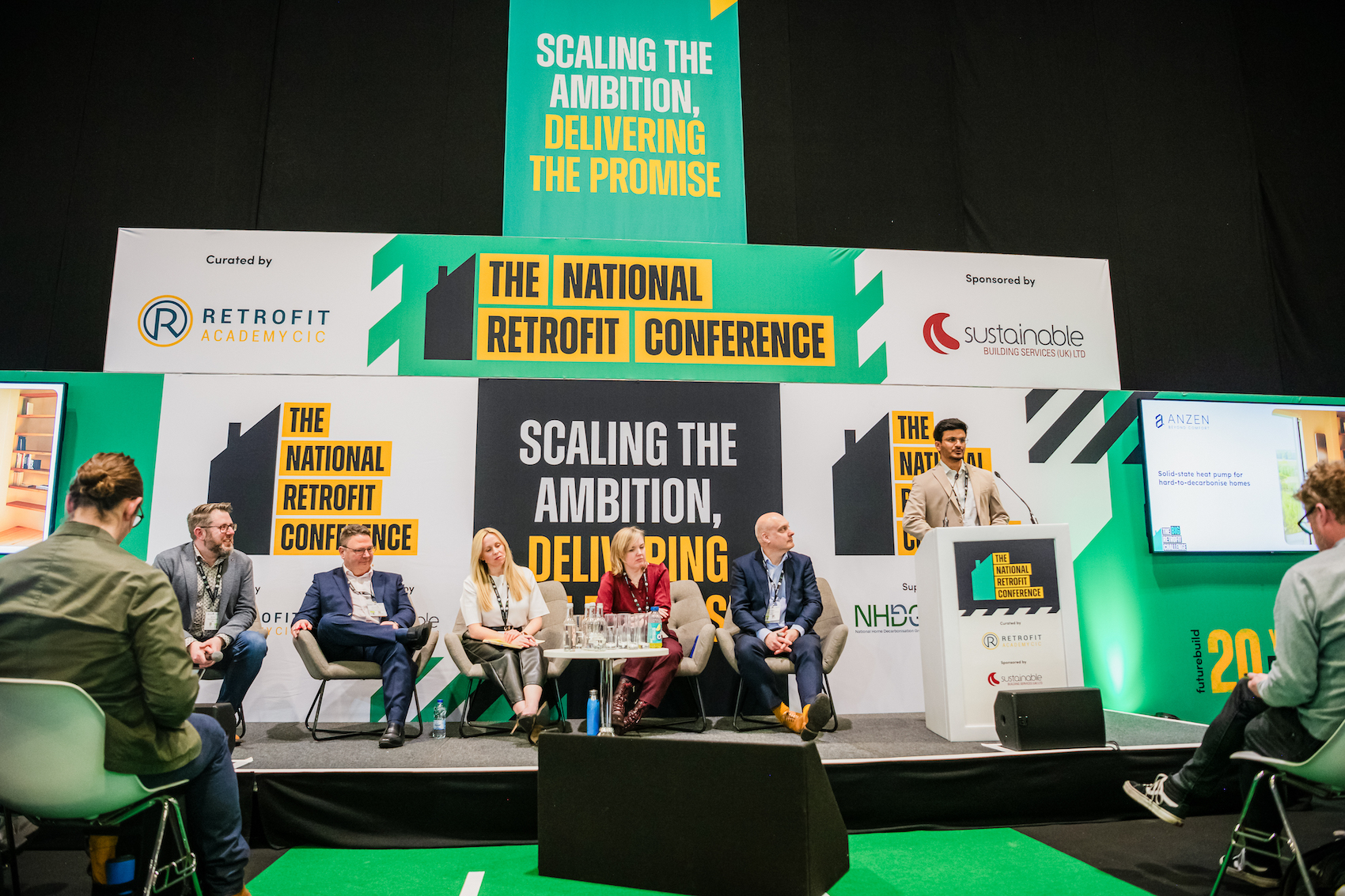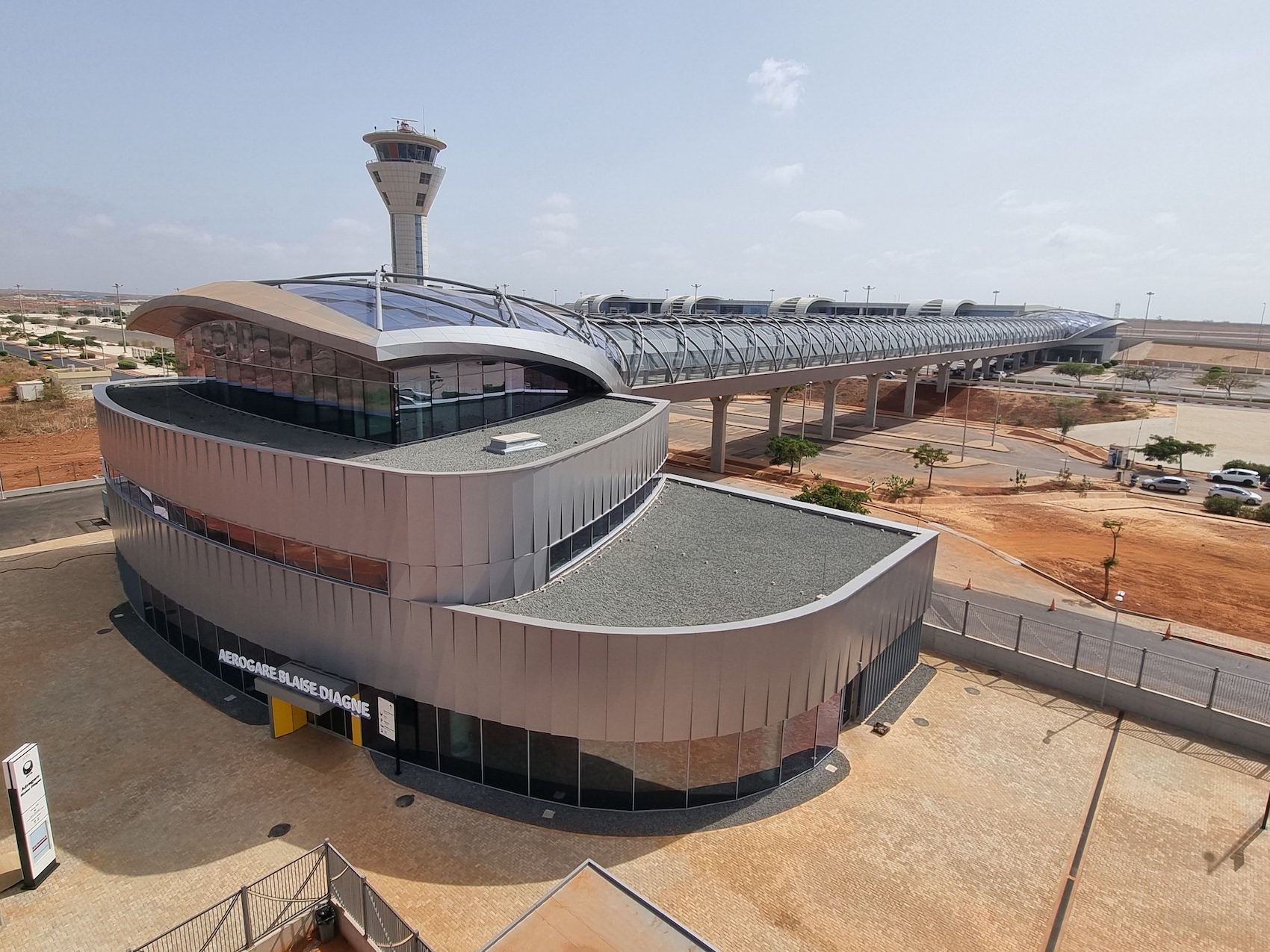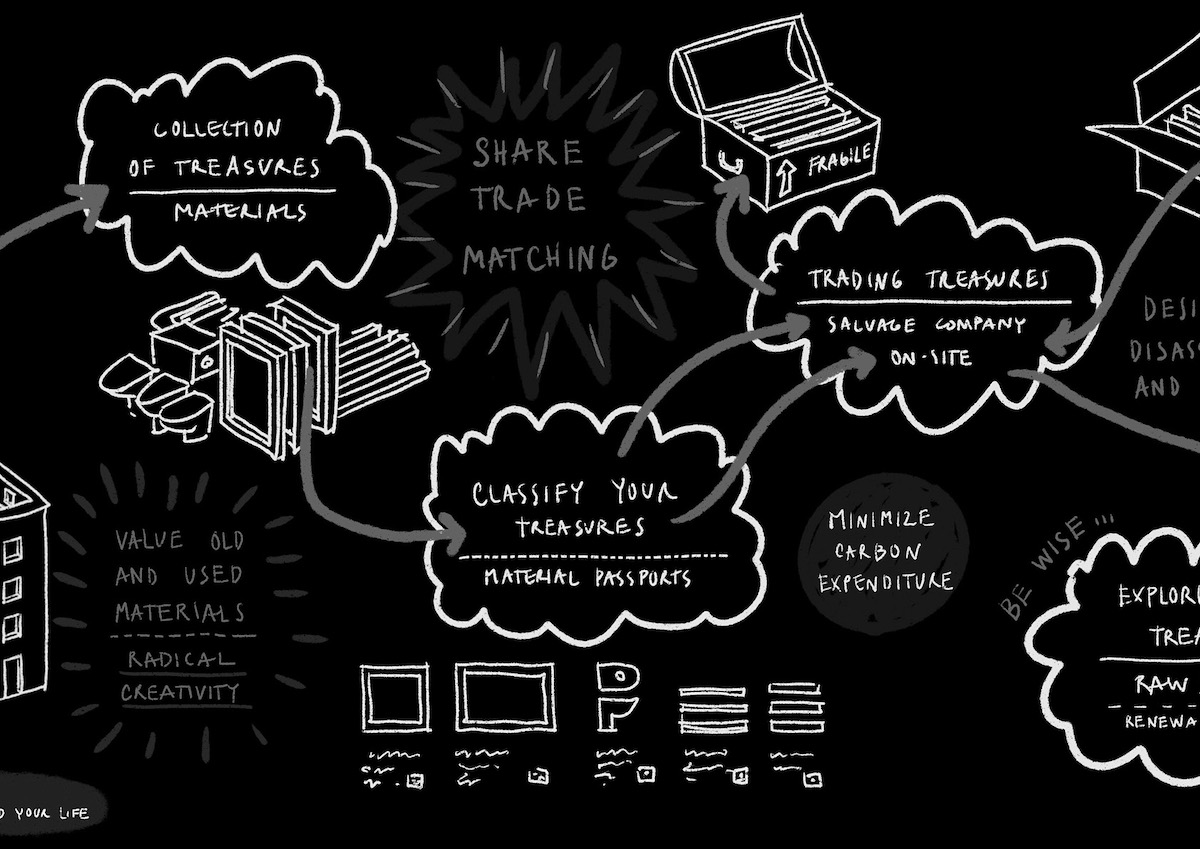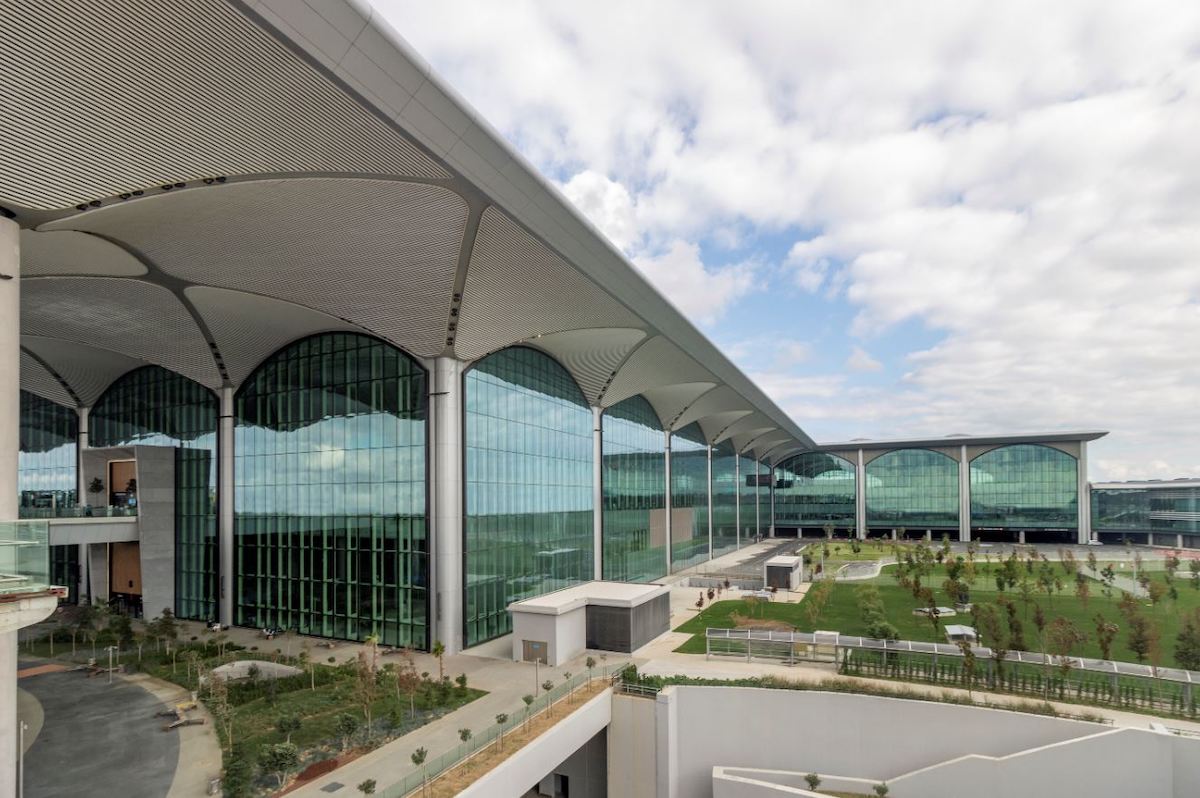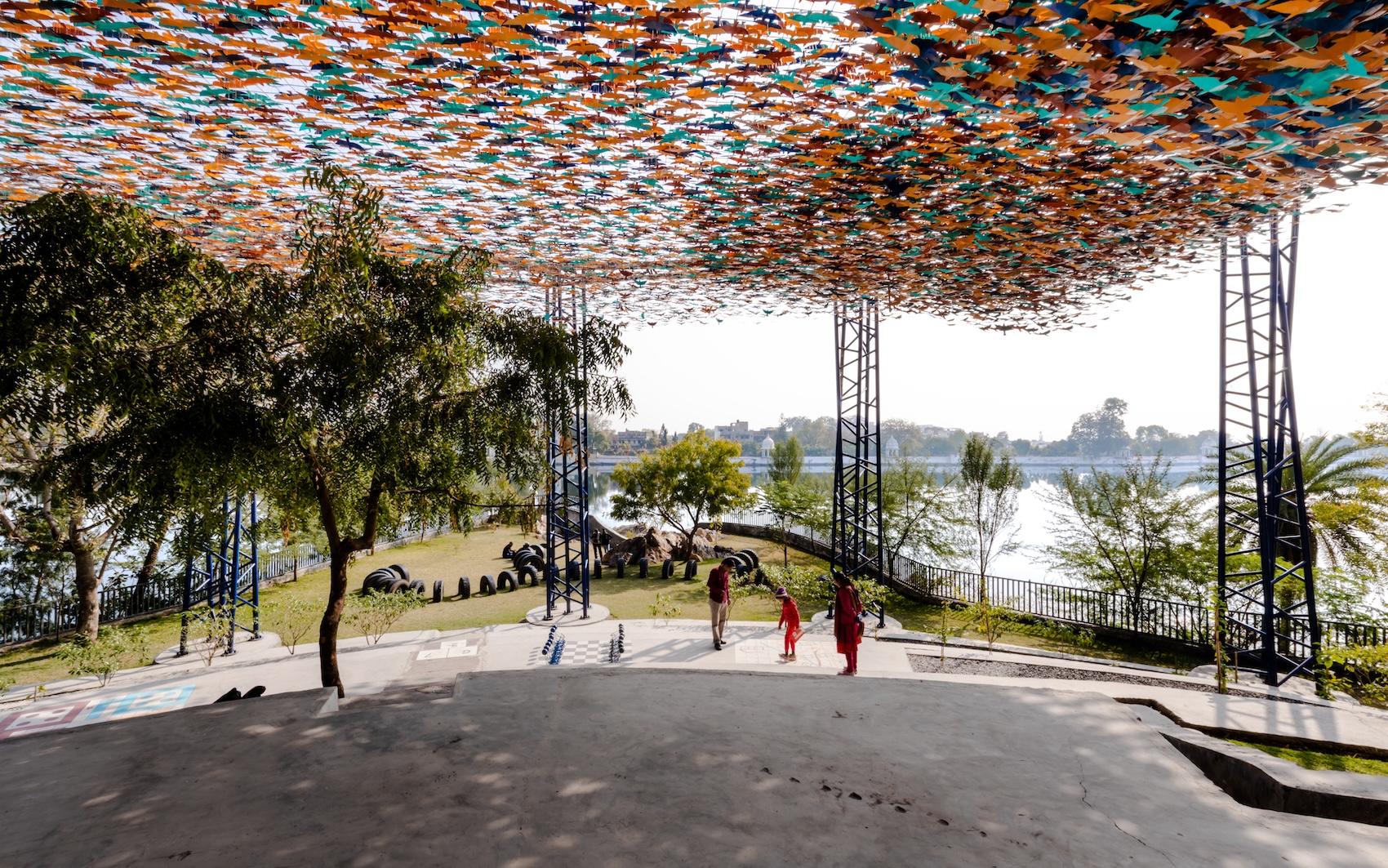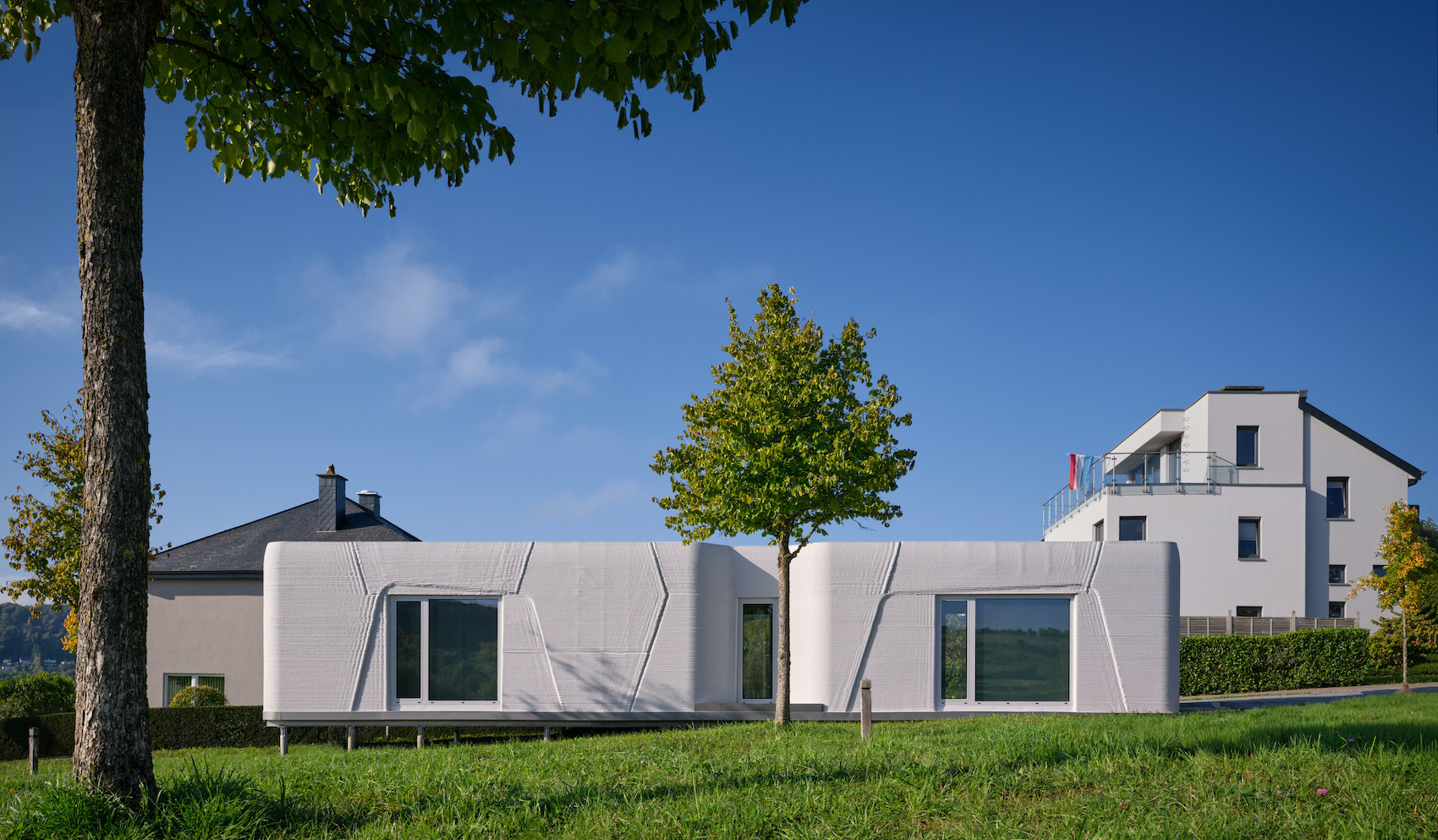AT chats to Mairi Laverty and Nicola McLachlan from Collective Architecture about the upsides and downsides of operating as a collective.
What brings you to UKREIIF/what do you hope to achieve?
We are looking to expand our conversations and networks outwith Scotland. We are also taking part in panels (Women in Architecture – How Women in the Built Environment Industry Drive Social Value Outcomes and Feminist City as part of Glasgow City Council’s stand).
Does that mean you’re thinking about opening an office in England?
We wouldn’t say never, but it’s not on the agenda right now. We’re focusing on opening up our networks in Scotland. We’ve opened offices in Edinburgh and Dundee as well as Glasgow and we have projects all over Scotland. There are more than 50 of us now, so we can carry larger projects. And we’re keen collaborators, we we’ve been talking to lots of other companies that we could work with in the future. We would work anywhere for the right job, but it’s really important for us to understand the communities we work in, so I think we’d have a satellite office if we took on work further afield.
If you could change one thing about UKREIIF what would it be?
The cost of delegate tickets!
Collective Architecture was appointed by AtkinsRealis to lead the design team and provide architectural, conservation and energy consultancy for the retrofit of Linksview House. Built between 1964 and 1967 the Category A listed tower block contains 98 homes which are primarily owned by the City of Edinburgh Council for social rent. As a Registered Social Landlord, the Council has a legal obligation to comply with the Energy Efficiency Standard for Social housing – EESSH2.
What are you working on at the moment?
We are currently delivering a diverse range of projects across affordable housing, cultural, education, and care sectors. We also have three specialist divisions – Energy, Strategy and Conservation. It helps us survive in the market, and our clients appreciate it because they view us as a one stop shop. We’ve also been developing our company vision and mission. So in terms of the vision we’re in the process of redefining what a thriving and holistic architectural practice can be – for society, the planet and each other. We have always been a mission-led practice; using our creative approach and collective model, we enjoy shaping places with everyone in society. The practice itself is a work in progress. We spend a lot of energy on our culture and our people. Jude (Barber) is a great role model. She lifts people, and encourages them to follow their passions and to push themselves. We treat each other well.
How do you balance being a mission-led practice with the commercial realities of running a practice?
Collective Architecture is a 100% employee-owned practice. Everyone is responsible for bringing in a work. And by the same token everybody has some responsibility for the financial health of the business. With any job that comes in, everyone knows how much we bid for it, and how much we’re making on it. Everyone can see how much money we’ve got in the bank.
Springfield Road, Glasgow, a new-build, affordable mixed-tenure housing development providing 155 homes for the Wheatley Group.
What are the downsides of being a collective?
Generally, it takes longer to make decisions. It’s a collective, so it’s important that everybody feels they are valued from Day 1. Everything’s transparent, and everybody has a right to be heard. You’ll think “let’s just make that decision and go with it” and then you’ll realise “well no, actually, we need to go back and get everyone’s opinion”.
What keeps you awake at night?
The precarity of the industry.
Water Row – 92 mid-market rent homes for Govan Housing Association, delivered as Phase 1 of Collective Architecture’s urban regeneration masterplan designed to create a vibrant, inclusive waterfront that will put Govan back on the map. The project shows how thoughtful urban regeneration can breathe new life into a community, weaving together sustainable living, community empowerment and a respect for local heritage.



